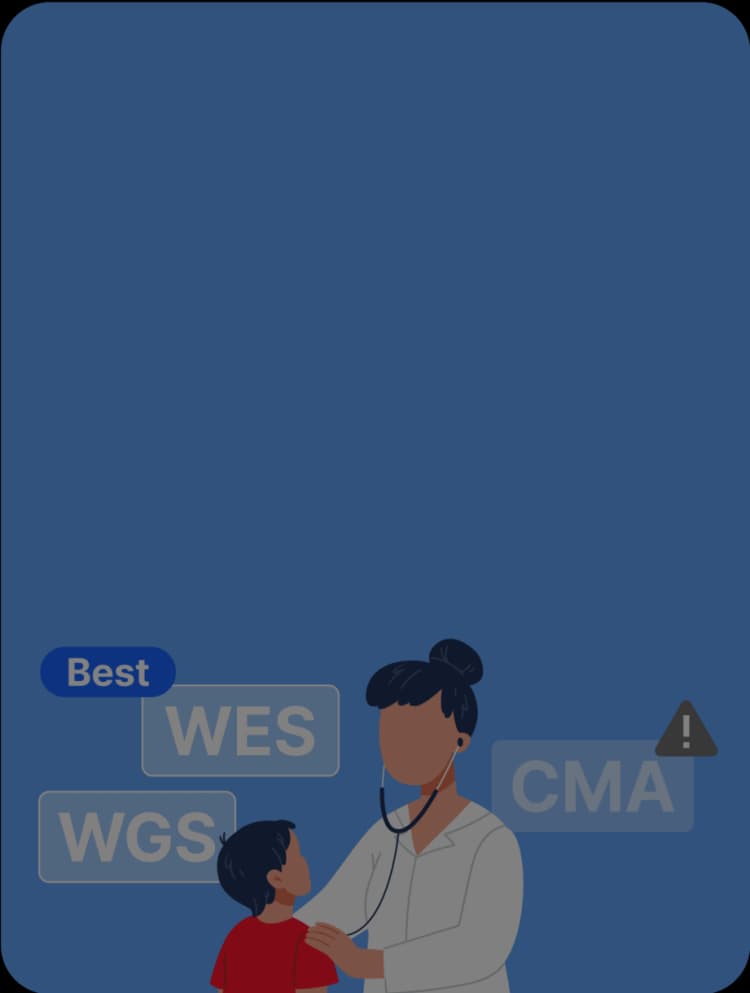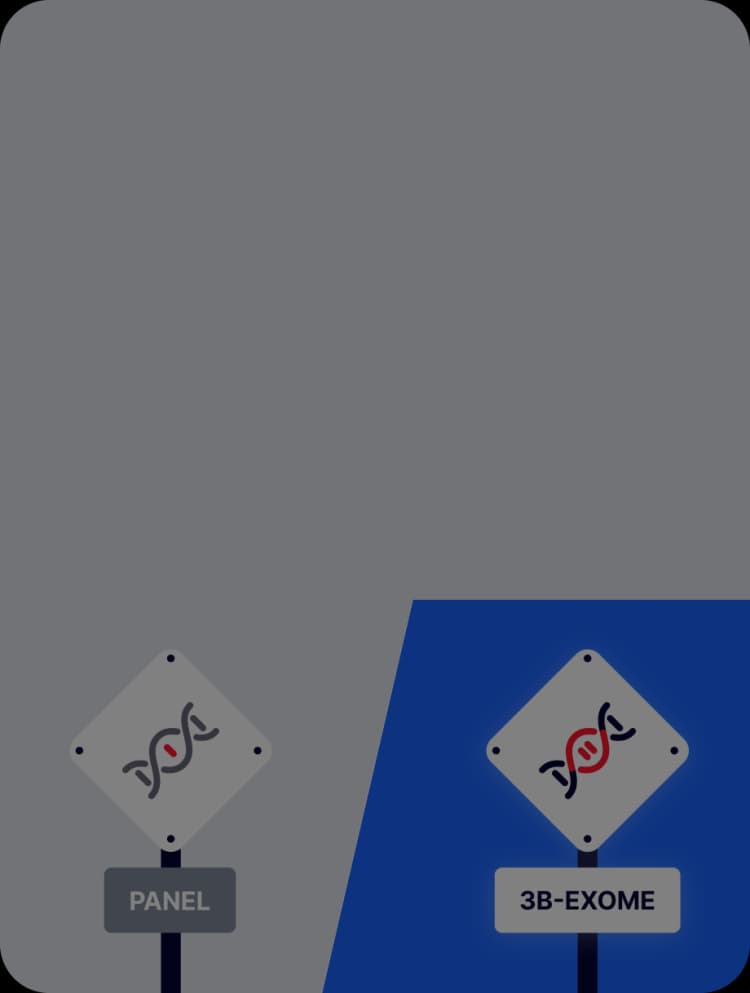Rare Diseases in Movies: The Life of Patients with Rare Diseases
- Insights | 23. 11. 02
Do You Ever Wonder About the Lives of Patients with Rare Diseases?
Although a “rare disease” can mean different things, it generally refers to a disease affecting a small population. The WHO defines a rare disease as one that affects less than 65 people per 100,000, while the EU defines it as a disease that affects less than 1 in 2,000. However, nearly 400 million people suffer from various rare diseases worldwide.
Although more than 7,000 rare diseases have been identified so far, and the types of diseases vary, the prevalence of each disease is rare. Thus, there is a lack of consistency and equity in the treatment for rare diseases, and the expertise of medical professionals and data are limited. As a result, patients with rare diseases need to spend tremendous amounts of time and money to even be accurately diagnosed. They are also deprived of employment or educational opportunities. Social and economic support through relevant government policies is essential, but patients with rare diseases are marginalized with respect to policy decisions as they are rare.
Rare Disease in the Movie “Wonder”
The first step to take in policy making to support patients with rare diseases is increasing public interest. This journal article suggests that movies depicting rare diseases have a greater impact on the public’s social attitudes and interests in patients with rare diseases than education. Through this post, I would like to delve into the lives of patients with rare diseases through their portrayal in films.
The movie Wonder, released in 2017, tells the story of Auggie, a boy who suffers from facial deformities, and how he overcomes his inferiority complex. The main character Auggie (Jacob Tremblay) is wittier and more curious than most other kids, but his different appearance affects him to an extent that he prefers Halloween over Christmas, because the Halloween costume hides his face, making him feel like an equal. Auggie’s mother, Isabel (Julia Roberts), and father, Nate (Owen Wilson), prepare to send their 10-year-old son to school, as they want him to have a normal life. Via, Auggie’s older sister, also supports him because she loves him more than anyone else despite the sacrifices she has made for him. Thus, Auggie, to whom his family was his whole world, takes off his hiding helmet for the first time and bravely takes his first step into an unfamiliar world. However, from the very first day, he becomes a topic of discussion due to his “unusual appearance.” He is greatly affected as people look at him differently. However, after enduring 27 plastic surgeries, with his positive personality, he courageously shines through, and the people around him begin to change their perspectives.
What is Treacher Collins Syndrome? (variants in TCOF1 gene)

Auggie’s facial deformity originates from Treacher Collins syndrome, a rare genetic disorder, in which a fetus is born with a deformity in the facial region due to development failure in a specific region in the skull. Although the symptoms and physical characteristics vary from patient to patient, the main characteristics are facial deformities in the cheekbones, jaws, mouth, and ears; distinctive deformities of the head; eye abnormalities; structural abnormalities of the ears; and hearing loss. These symptoms are symmetrical, are present from birth, and have little effect on intelligence. More than 90% of patients with Treacher Collins syndrome have a mutation in the TCOF1 gene. TCOF1 encodes a nucleolar protein with a LIS1 homology domain. The protein is involved in ribosomal DNA gene transcription through its interaction with the upstream binding factor. Mutations in this gene have been associated with Treacher Collins syndrome, a disorder that includes abnormal craniofacial development. Multiple transcript variants encoding different isoforms have been found for this gene.
Life of a Person with Treacher Collins Syndrome as Portrayed in “Wonder”

The life of Auggie, with Treacher Collins syndrome, and his family is different from that of other normal families from two perspectives. The first is their perspective of the world and how they live their lives. The life decisions of Isabel, a mother who gives up her dream to take care of Auggie, and the life of Auggie’s sister, Via, who craves love and attention from her parents indirectly show the pain of patients with rare diseases and their families. The second perspective is the way in which the world sees and treats them. The reason Auggie refrained from school until he became a fifth grader is understood when he started attending school—he gets teased for his appearance and is unable to make friends. In particular, a child named Julian continues to call Auggie “a monster” and laughs at him. Auggie eats lunch alone every day until one day, he helps a classmate named Jack Will, who is having a hard time in science class, to solve a problem; they become friends after they have lunch together. However, on Halloween, when Auggie comes into the classroom wearing his Halloween mask, Jack, not knowing Auggie was behind the mask, played along when other kids started to make fun of Auggie. Auggie heard Jack say that he became friends with Auggie just because the principal asked him to and that he would kill himself if he looked like Auggie. Auggie is deeply hurt and feels betrayed by Jack, whom he considered his only friend. He ignores Jack and isolates himself even more than before.

The film shows how patients with rare diseases and the people around them navigate the world from various perspectives. What is more difficult than having to undergo dozens of surgeries is facing lack of empathy and people’s prejudice. In fact, a mother of a child with bilateral microtia watched this movie and said, “I saw my daughter experience the emotions along with the main character in the movie, and I wish people could just accept what they see as is.” She expressed her earnest wish for people to look at those who are different from them without judgment and not make them feel uncomfortable or out of place. Similarly, Auggie overcame his inferiority complex through the love and support of the people around him. The movie ends with Auggie learning to adapt to the world with his family by his side.
One small step but a great leap for rare disease patients

In the movie, although Auggie has a rare disease and faces a cold reality, he eventually overcomes it through care and love from the people around him. However, in reality, the lives of patients with rare diseases and their families are as difficult as treading on thin ice every day. Because it is not a common disease, there is no specific treatment, and in many cases, it is not covered by insurance. Even if health insurance could cover the cost of treatment, their life is greatly impacted, and the frustration that patients feel is indescribable; often, they must live with the disease for life. No movie can fully explain the pain of patients, but we can sympathize with them and progress to a stage where society accepts them as equals. Most patients with rare diseases not only need medical support but also economic and social support to live as part of society. Of course, there are many issues that need to be socially resolved for this purpose. Like the lines in the movie, “Auggie’s appearance cannot be changed. We have to change our perspectives,” social awareness and interest in rare diseases will be the first step toward solving the problem.
Do you find this post helpful?
Click the button below to copy and share the link.

Juan Alberto Aguayo
Developing strategies to enter new markets, focused on offering specialized molecular healthcare to underserved populations, creating global health impact.









